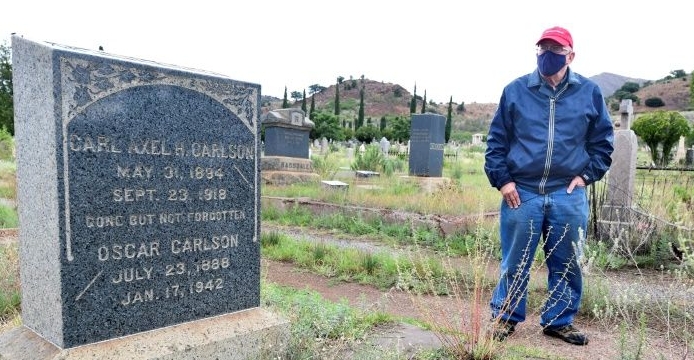
By Javier TOVAR
BISBEE (AFP) — "Gone but Not Forgotten." So reads the tombstone of Carl Axel Carlson, an Army private who died of the Spanish Flu in 1918. The train that carried his body home to Bisbee brought the deadly flu with it.
More than a century later this once flourishing Arizona mining town, now visited by tourists and home to hippies and retirees, is struggling to survive a new deadly pandemic.
In the late 19th and early 20th centuries, gold, silver and copper were mined in Bisbee, making it one of the most prosperous towns in the American West.
Located in Arizona's Mule Mountains near the border with Mexico, it had more than 25,000 residents in 1910, according to the city's official website.
The Spanish Flu "traveled west by train from the east coast," said local historian Mike Anderson.
Carlson died in September 1918 at a military base in New Jersey, on the US east coast. His body was sent home by rail for burial with full military honors.
Anderson points out other graves in the cemetery — J. E. Henderson (1893-1918), Clara L. Coffman (1884-1918), and others who were among the 180 people killed when the pandemic swept through Bisbee.
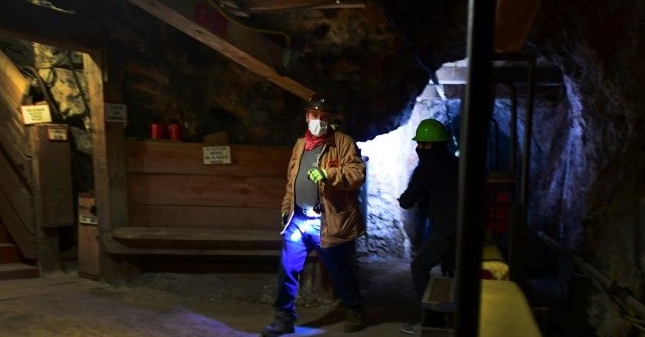
The Spanish Flu "reached Bisbee in the first week of October, and within two or three days, it was killing people," he said.
"This disease took about 72 hours from the time of the presentation of first symptoms until the victims would die — and it was a horrible death," he said.In 2020, COVID-19 reached Bisbee by car, and brought back memories of that earlier, nearly forgotten crisis.
The mines have since closed, and Bisbee's population has dropped to 5,200.
The canteens and brothels from the town's heyday have been replaced by art galleries and boutiques. Restaurants now occupy old brick and wood Victorian-era buildings.
Bisbee's economy, however, is at a standstill, with 57 confirmed COVID-19 cases, including one death.
Arizona, one of the hardest hit states in the country, has recorded some 164,000 COVID-19 cases. State hospitals are nearly maxed out.
Bisbee is divided over how to handle this new pandemic: close down and quarantine, especially since so many of its people are elderly? Or welcome back tourists to avoid bankruptcy, but risk exposure to the virus?
Mayor David Smith said the first coronavirus cases appeared after tourists descended on Bisbee over the Memorial Day weekend in late May.
"The bars were packed," Smith said. "There are people that just don't care."
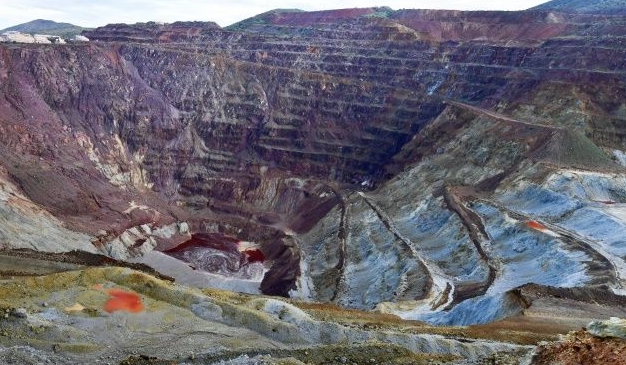
'Buried his son'
Reading old newspaper articles, Anderson discovered that Bisbee issued confinement orders and even a ban on kissing to help stop the spread of the Spanish Flu, which killed some 50 million people worldwide.
Despite those lockdown measures, the mines never stopped, cashing in on copper prices that tripled because of World War I.
Many people paid for that with their lives.
"This flu did not leave anyone or any group of people unscathed," said Anderson. "It killed teachers. It killed doctors, it killed miners."
It's hard to find a descendent in Bisbee today of a family affected by the Spanish Flu.
But COVID-19 's arrival reminded retired miner Peter Bach of a story his grandmother told.
The Spanish Flu killed her year-old son and nearly killed her husband, who was gravely ill but survived.
His grandfather "built a little coffin when he got better and buried his son in the backyard," said Bach.
At the time Bach's grandparents were living in Kansas — where the first case of what became known as the Spanish Flu was recorded — and moved to Arizona years later.
The disease got its name because newspapers in Spain, uncensored because the country was neutral during World War I, were the first to report about the pandemic.
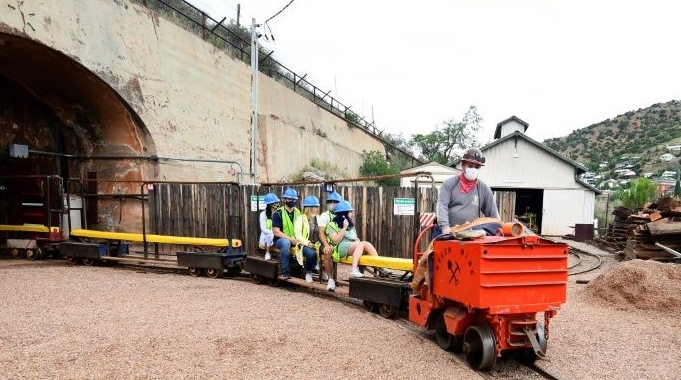
'It's loaded'
Bach now works as a tour guide at the Queen Mine, once a major copper deposit. The site was mined for nearly 100 years and closed in 1975, later becoming a tourist attraction.
Visitors can travel deep into the mine down narrow shafts aboard a small train. Under current virus guidelines, only small groups can visit.
Since out-of-state tourism has largely dropped, Bisbee relies on weekend visitors from cities like Tucson and Phoenix, both of which have reported high numbers of COVID-19 cases.
Its famous bars remain closed, and some businesses can be visited by appointment only.
Most visitors now wear face masks along with their cowboy hats and boots.
In a Bisbee hotel, a guest with long silver hair and cowboy boots slipped off his leather shoulder holster with a sheathed revolver.
Firearms can be carried openly in Arizona, but hotel rules required his be kept in a vault for safety.
"Be careful, it's loaded," the man warned the receptionist as he handed over the gun.
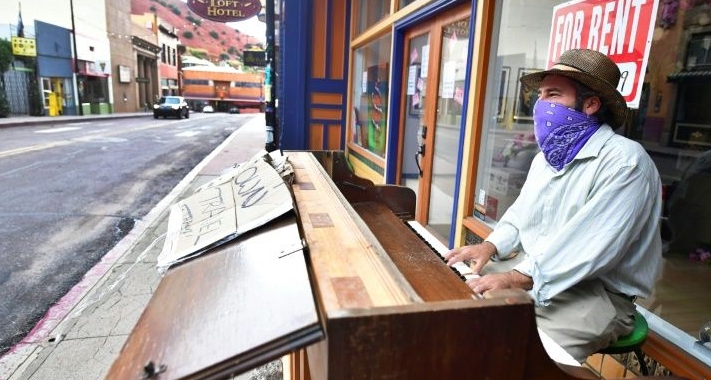
ADVERTISEMENT
ADVERTISEMENT


































